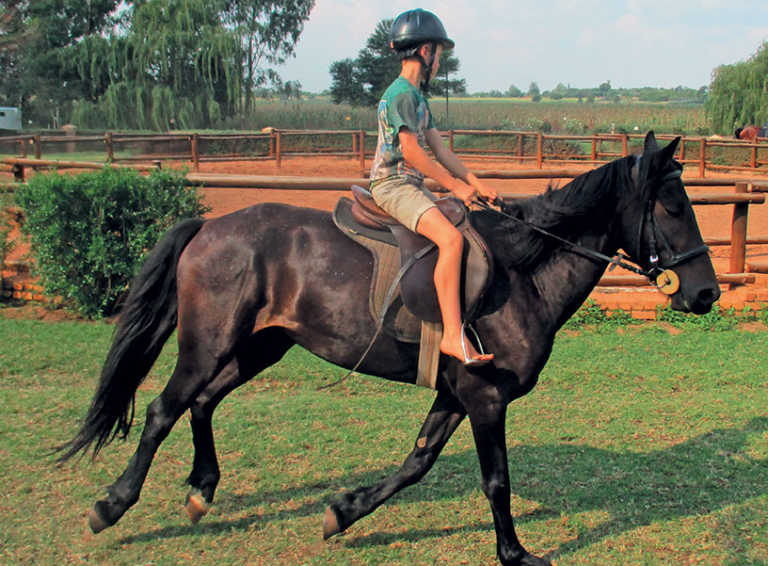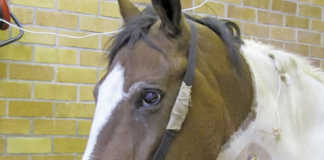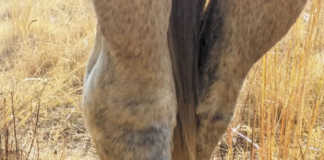
Photo: Dr Mac
Riding, like many sporting activities, is not without risk. Parents and riding teachers are responsible for minimising this risk without decreasing enjoyment of the sport.
The main safety aspects that should be considered are protective clothing, the temperament of the horse, the riding environment, and ensuring that the child is taught correctly.
Safety clothing
Safety helmets and boots have become obligatory for children taking part in equestrian competitions. Despite this, some parents, particularly those who do not ride themselves, still allow children to go without safety helmets or ride barefoot.
A helmet should be put on straight, aligned with the eyebrows, and fastened securely so that it does not shift if the child hits the ground head-first at speed.
Bare feet can be extremely hazardous. If the horse stumbles or shies, a bare foot can slip through the stirrup, resulting in an ugly fracture, or the child being dragged along on the ground.
Riding in shorts is not dangerous, but it can be painful to maintain balance if the inner thighs or knees become chafed by riding at speed.
Sensible ponies
School ponies for beginners tend to be older horses with quiet, relaxed temperaments. As horses are herd animals, it is easy to get them to follow each other in the same order at every lesson.
Safe environment
Beginners should ride in an enclosed area, preferably on sand. Before a lesson, the ponies should be led down to the riding area and all children helped to mount only once all the ponies are there.
A beginners’ lesson usually comprises six to eight horses, but an experienced instructor should be able to cope with up to 10 ponies safely. An instructor can also take advantage of herd behaviour, as a group of school ponies is unlikely to spook or run away during a lesson.
Nonetheless, the instructor should always have an assistant handy in case a child gets into trouble.
Competence level
In beginners’ classes, most of the work is done at a walk, with children learning to balance themselves and steer. When the instructor tells the children to “Walk your pony”, the ponies know the command and all start to walk, giving children confidence.
As the children become more experienced, they can learn to do a rising trot.
Generally, a group of school ponies will follow each other at the same speed when the instructor issues the “Trot” command.
When a child is learning to canter, he or she can benefit from individual lessons on a very quiet pony in a smaller arena. Cantering lessons can also be given in the lunge ring, as ponies can easily be taught to walk, trot and canter on command when lunged.
The “Whoa!” command is a safety precaution easily taught to ponies. If a child gets into trouble, the instructor shouts “Whoa!” and all the ponies in the lesson will immediately come to a stop.
Dr Mac is an academic, a practising equine veterinarian and a stud owner.













